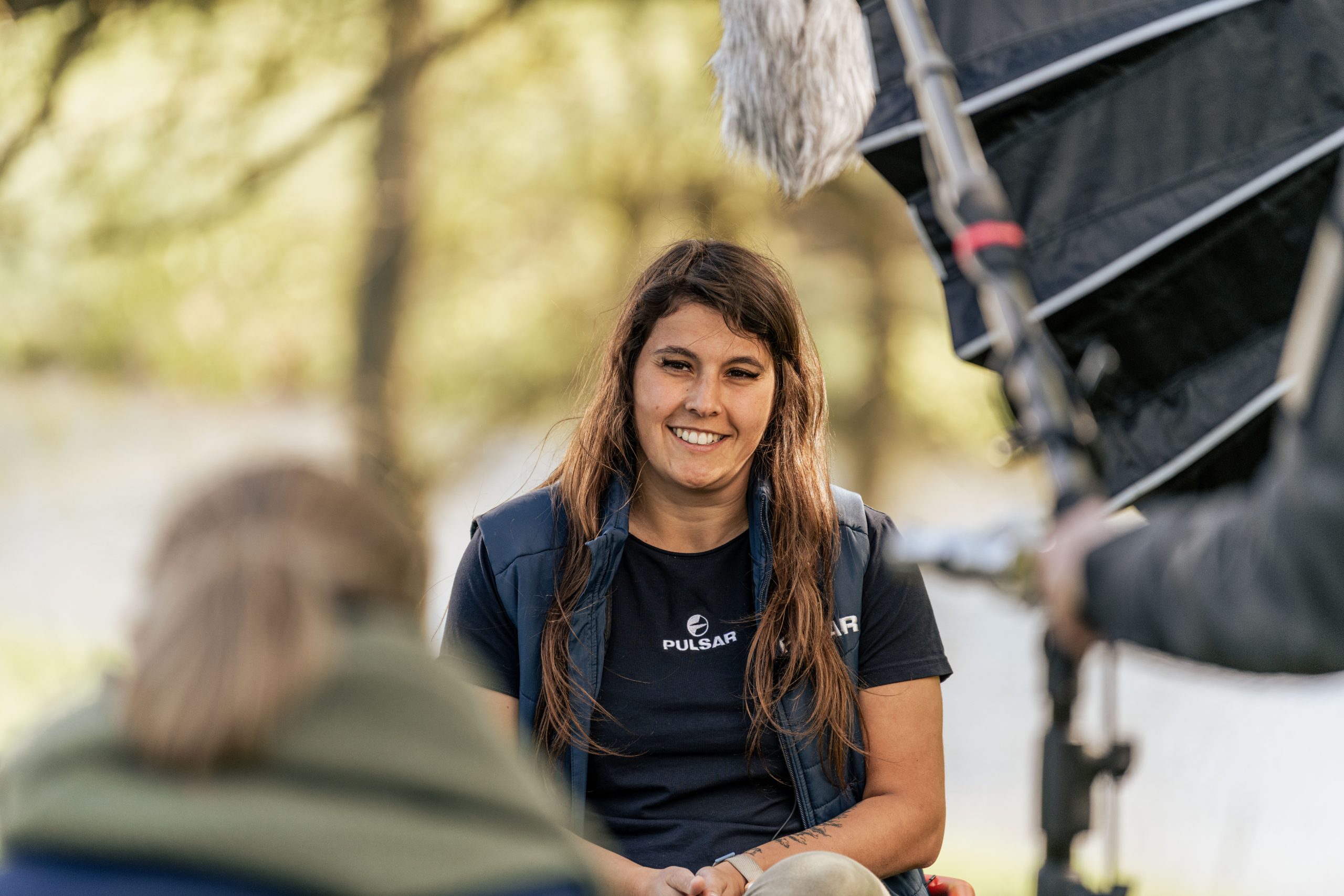Hunting is more than pulling the trigger. Yet when you scroll through social media, hunting is often reduced to a single moment – the harvest shot. These “trophy photos,” even when tastefully done, may generate reach and engagement within the hunting community. But for non-hunters, who make up the vast majority of society, these images often evoke discomfort, sadness, or even rejection.
They don’t see the hours of stalking, the sleepless nights waiting in silence, the deep knowledge of wildlife behavior, or the careful decisions not to shoot. What they see is a dead animal – and they feel pity.
As hunters, we bear the responsibility to represent hunting truthfully and ethically. That means showing what hunting really is: a profound connection with nature, a commitment to population management, and a deep respect for the animals we pursue. Hunting is conservation – and it’s time we start showing that more clearly.
Thermal vision is more than a tool, it’s a responsibility
The phrase “use of thermal” can spark strong reactions. For some, it sounds like cheating – a shortcut that takes the challenge out of hunting. But that assumption couldn’t be further from the truth.
Thermal isn’t about making things easier. It’s about making things right.
Every responsible hunter knows that the true measure of a shot isn’t just in hitting the target – it’s in doing so with precision, purpose, and respect. Thermal vision allows you to do exactly that. It helps you identify your target clearly, even in conditions where your eyes would struggle – at dawn, dusk, or in thick brush. It helps ensure you’re making the right decision – whether to shoot or not – based on age, condition, behavior, or conservation needs.
And when the shot is taken, thermal gives you one more layer of assurance: that if things don’t go perfectly, you won’t lose that animal. You won’t be forced to wonder, search blindly, or, worst of all, leave an injured animal behind. Thermal shows you where the heat is – where the life is – and guides you to do what’s right.
This technology doesn’t take away the ethics or skill of the hunt. It reinforces them.
Using thermal isn’t a betrayal of hunting values. It’s an evolution of them – a way to hunt with more clarity, more confidence, and most importantly, more respect. Not just for the animal, but for the process itself.
Because hunting has never been about pulling the trigger. It’s about knowing when – and why – you do.
Every responsible hunter knows that the true measure of a shot isn’t just in hitting the target – it’s in doing so with precision, purpose, and respect.
Claudia Breit
The power of perspective
Non-hunters will shape the future of hunting – through legislation, public opinion, and access to land. They are far more numerous than we are. If we want to protect hunting’s future, we must communicate with them, not just among ourselves.
Modern thermal imaging tools give us a unique opportunity to do just that. They allow us to capture the unseen: wild animals living their natural lives, undisturbed and alive. These are moments the average person will never witness – and they’re powerful. They reveal nature’s raw beauty and help us explain why we hunt, how we hunt, and the role we play in maintaining balance.
It’s not about showcasing the shot – it’s about highlighting biodiversity, coexistence, and our role in protecting habitat and animal welfare.
Striking the right balance
We don’t need to hide that hunting involves taking a life. But we must put it in context. Ethical hunting content should tell the full story:
- Preparation
- Wildlife observation
- Decision-making
- Restraint
- The emotional weight of a clean, respectful shot
- The use of the animal afterwards
Over-glorifying the moment of the shot distorts the values most hunters live by. We mustn’t let social media turn hunting into a spectacle. Instead, let’s use it to educate, inspire, and bridge the gap between hunters and the public.
Practical ideas for ethical content creation
Show wildlife, not just harvests: use thermal devices to document animal behavior, group dynamics, nocturnal movement, and interactions. These videos fascinate non-hunters and demonstrate your knowledge of wildlife.
Tell the story: when you post a harvest, add context. Share the why: Was the animal old, sick, or selected for population control? What will you do with the meat? Help people understand your reasoning.
Share learning moments: talk about missed chances, the animals you chose not to shoot, or your experiences teaching young or new hunters. Vulnerability builds trust.
Highlight conservation impact: document habitat care, wildlife monitoring, and efforts to reduce suffering. Show the public how much work goes into responsible hunting.
Speak human, not hunter-lingo: avoid overly technical terms. Speak in a way non-hunters can understand. Use empathy to explain what we do – and why we care so deeply.\
A shared future
Ethical hunting communication isn’t about hiding who we are – it’s about showing our whole truth. If we want to preserve the privilege to hunt, we must earn the respect of those who don’t. That starts with communication rooted in empathy, transparency, and respect for both animals and people.
Let’s make hunting visible – not just the end, but the entire journey. And in doing so, protect it for generations to come.
